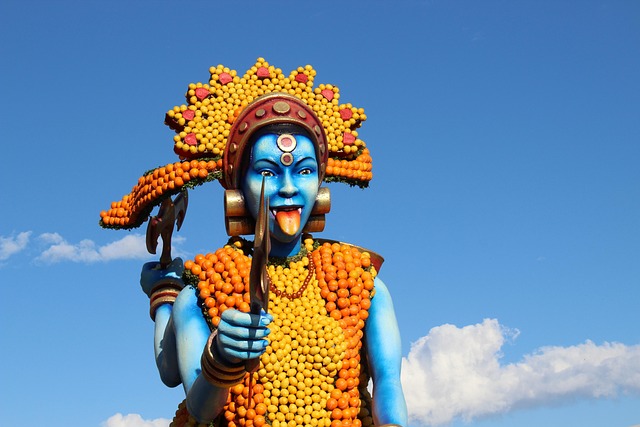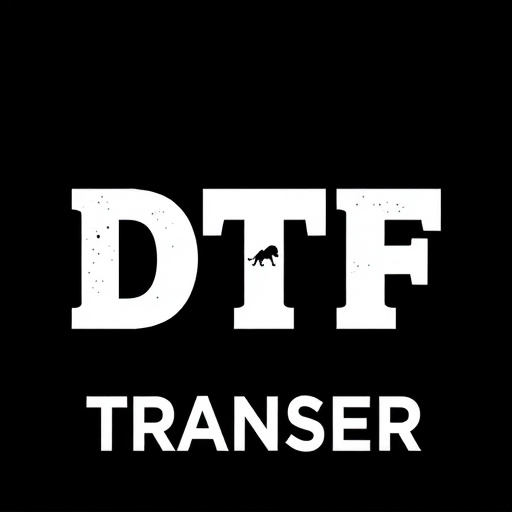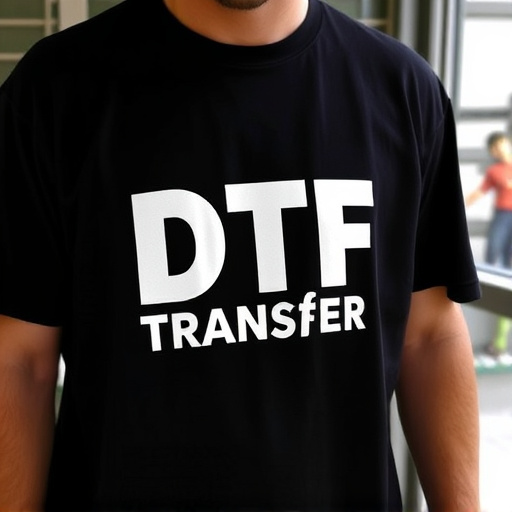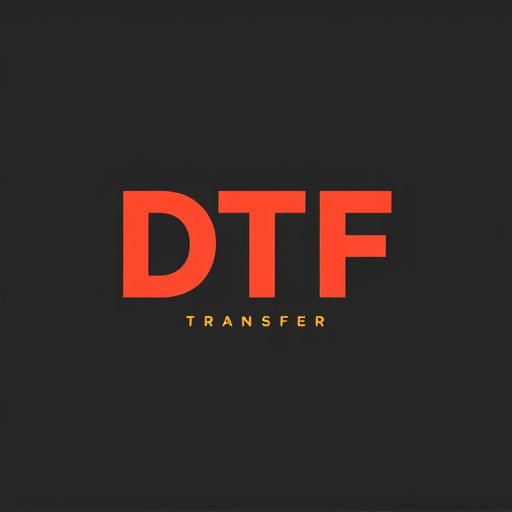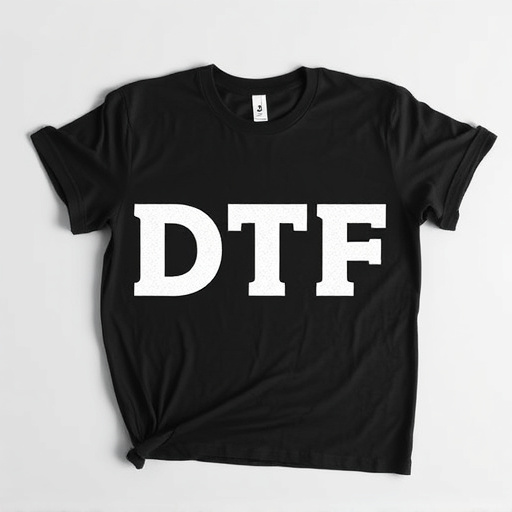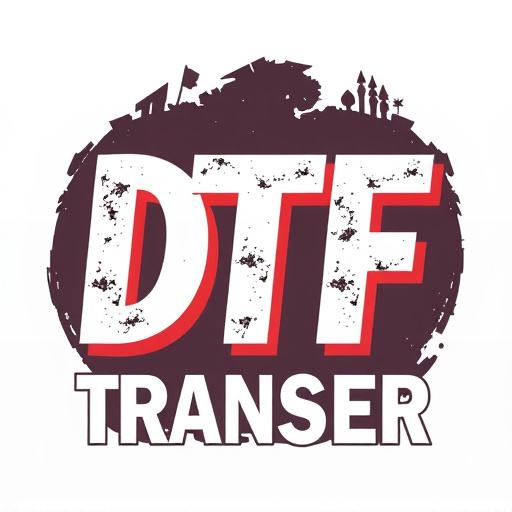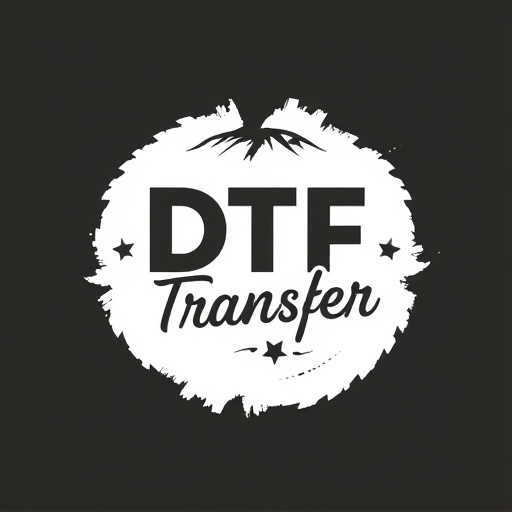Transfer orders are key to efficient production for businesses using DTF Prints, requiring precise material specs, quantity details, accurate destinations, and timely delivery dates. DTF technology streamlines workflows, reduces preparation times, and enables faster, more accurate production runs, ideal for meeting tight deadlines and minimizing errors. Pre-production planning, including scoping, material selection, and design finalization, is critical for successful order completion. Production execution involves meticulous steps to ensure high-quality results within specified timeframes, with efficient inventory management and streamlined workflows crucial for timely delivery. Robust Quality Control checks at every stage guarantee consistent quality standards, while effective post-production processes enhance customer experiences and foster brand trust.
In today’s fast-paced manufacturing landscape, efficient order fulfillment is key to success. This article delves into the crucial aspect of production time required for transfer orders, exploring each step from understanding order components to post-production fulfillment. We highlight the significance of DTF (Direct to Fabric) prints in streamlining the process, focusing on pre-production preparation, precise execution timelines, and vital quality control measures. By the end, you’ll grasp how optimized production periods enhance overall efficiency.
- Understanding Transfer Orders and Their Components
- The Role of DTF Prints in the Production Process
- Pre-Production Preparation and Planning
- Production Execution and Timeframes
- Quality Control and Assurance Checks
- Post-Production and Order Fulfillment
Understanding Transfer Orders and Their Components

Transfer orders are a crucial component in many manufacturing and printing processes, especially for businesses specializing in DTF (Direct to Fabric) prints. These orders involve the movement of materials and products from one stage of production to another, ensuring a smooth and efficient workflow. A typical transfer order includes several key elements: material specifications, quantity details, destination information, and time-sensitive delivery dates.
Understanding these components is essential for optimizing production periods. Material specifications ensure that the right fabric or substrate is used for each print job, while quantity details dictate the scale of production. Accurate destination information is vital to avoid delays in shipping or internal logistics. Additionally, adhering to specified delivery dates is critical for meeting client expectations and maintaining a robust supply chain.
The Role of DTF Prints in the Production Process
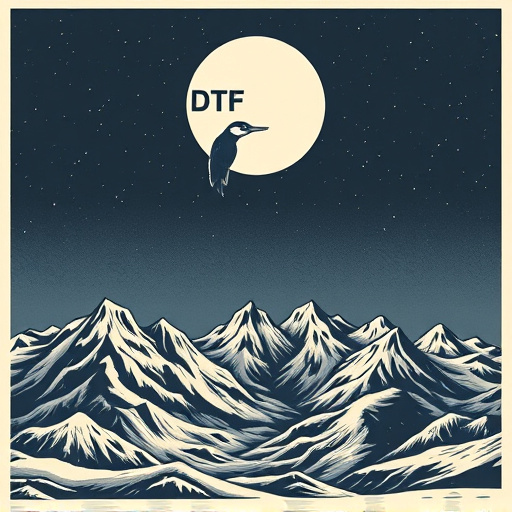
Direct-to-film (DTF) prints have emerged as a game-changer in the production process, especially for transfer orders. This innovative technology streamlines the manufacturing workflow by eliminating the need for traditional film positives, which significantly reduces preparation time. With DTF prints, designers can directly apply intricate patterns and graphics onto various materials, enabling faster and more precise production runs.
The efficiency of DTF Prints is particularly notable in meeting tight deadlines. Unlike conventional methods that require multiple steps for printing and preparation, DTF technology allows for direct application, minimizing errors and delays. This capability is invaluable for businesses catering to fast-paced trends and demands, ensuring they can deliver custom transfer orders promptly without compromising on quality.
Pre-Production Preparation and Planning

Before initiating production, a thorough preparation and planning phase is crucial for successful transfer order completion. This stage involves defining project scope, selecting suitable materials like DTF Prints, and finalizing design elements to ensure precision and quality. It’s an essential step where the creative vision is translated into actionable tasks, including setting up production lines, gathering necessary resources, and implementing quality control measures.
During pre-production, the team meticulously prepares for each order, considering factors such as order volume, turnaround time, and client specifications. This preparation translates to a more efficient, seamless production process, ultimately reducing lead times and enhancing overall productivity.
Production Execution and Timeframes
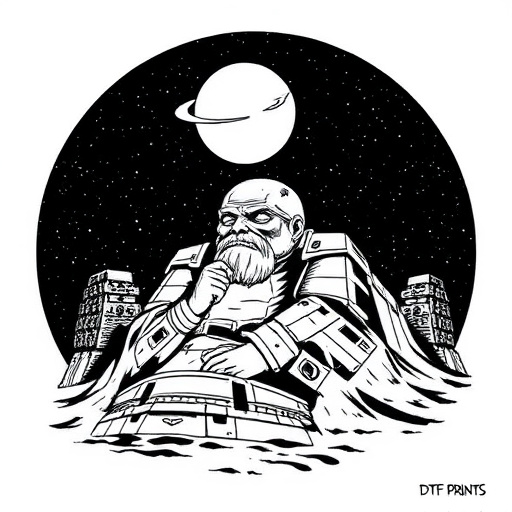
The production execution phase is a critical component in fulfilling transfer orders, especially for businesses specializing in print and packaging. In the context of DTF (Direct to Film) Prints, this process involves several meticulous steps to ensure high-quality output within specified timeframes. The initial preparation stage includes setting up the printing equipment, selecting the appropriate materials, and designing the layout, which requires careful consideration of design complexity and order volume.
Timeframes for production execution vary based on factors like print resolution, quantity, and any custom requirements. For DTF Prints, the turnaround time can range from a few hours for smaller orders to several days for larger batches, ensuring that clients receive their products in a timely manner while maintaining consistent quality standards. Efficient inventory management and streamlined workflows are key to meeting these deadlines, allowing businesses to handle a steady stream of transfer orders effectively.
Quality Control and Assurance Checks
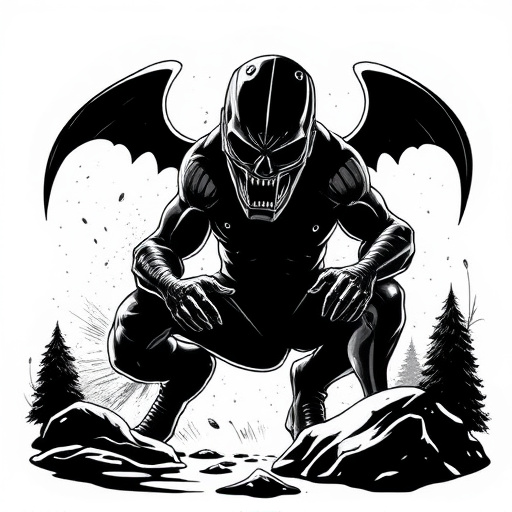
At each stage of production, thorough Quality Control (QC) and Assurance checks are vital to ensure the final product meets the high standards expected by customers. For DTF Prints, this involves meticulous inspection processes designed to catch any anomalies early in the pipeline. Every print undergoes visual scrutiny for color accuracy, resolution, and overall aesthetic appeal, ensuring they align with the intended design specifications.
Beyond visual checks, automated QC systems are employed to verify key performance indicators such as print speed, ink usage efficiency, and machine uptime. These measures help maintain consistency across batches while minimizing waste. By integrating robust QC practices into the production workflow, DTF Prints guarantees not just visually appealing results but also reliable, high-quality outputs that satisfy customer demands.
Post-Production and Order Fulfillment
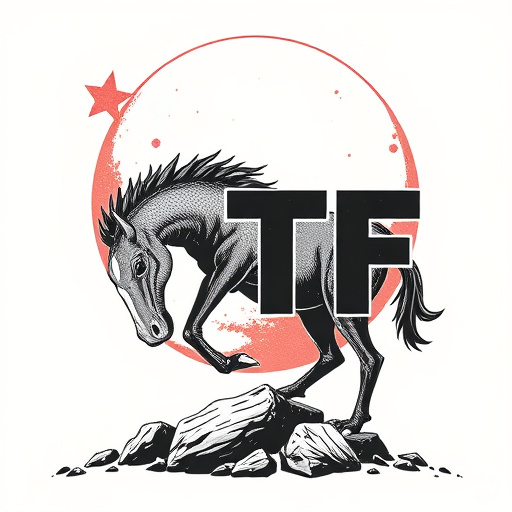
After the production phase, where orders are physically created, the focus shifts to post-production and order fulfillment. This critical stage involves final preparations and distribution of the products. For DTF Prints, this means ensuring high-quality finishing touches, such as quality checks for accuracy and aesthetics, packaging to protect the prints during shipping, and efficient inventory management to meet demand promptly.
Order fulfillment is seamless when post-production processes are well optimized. This involves coordinating logistics, tracking shipments, and providing transparent updates to customers. At DTF Prints, a streamlined order fulfillment system ensures that clients receive their orders swiftly, enhancing satisfaction and fostering trust in the brand’s capabilities.
